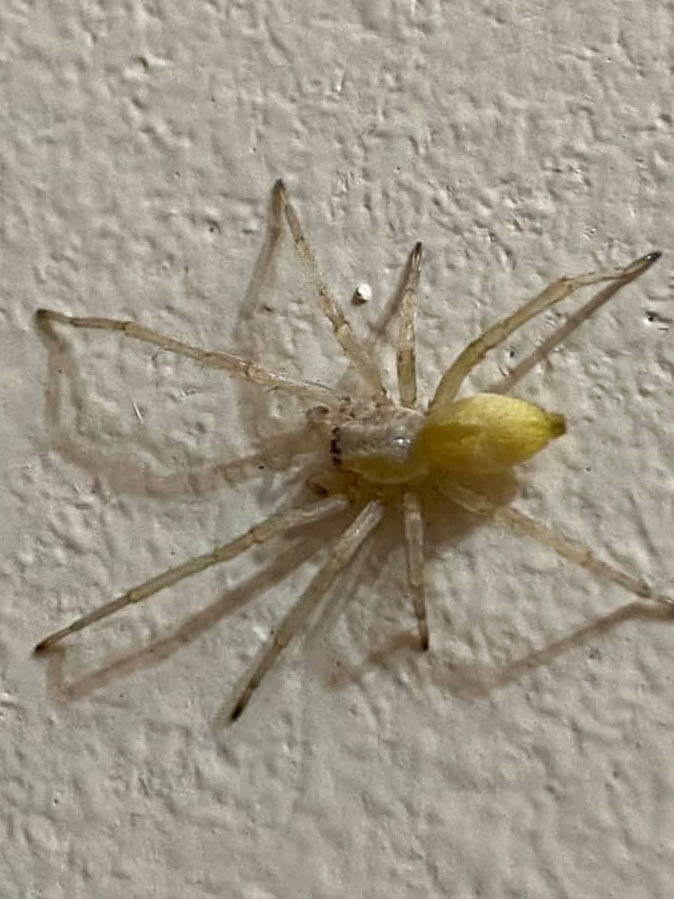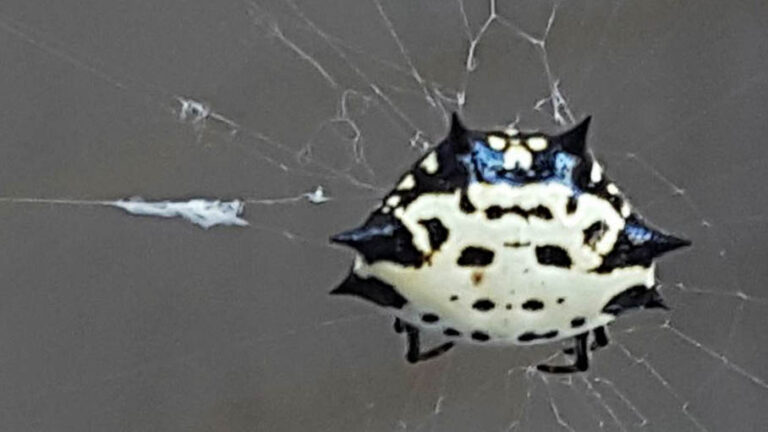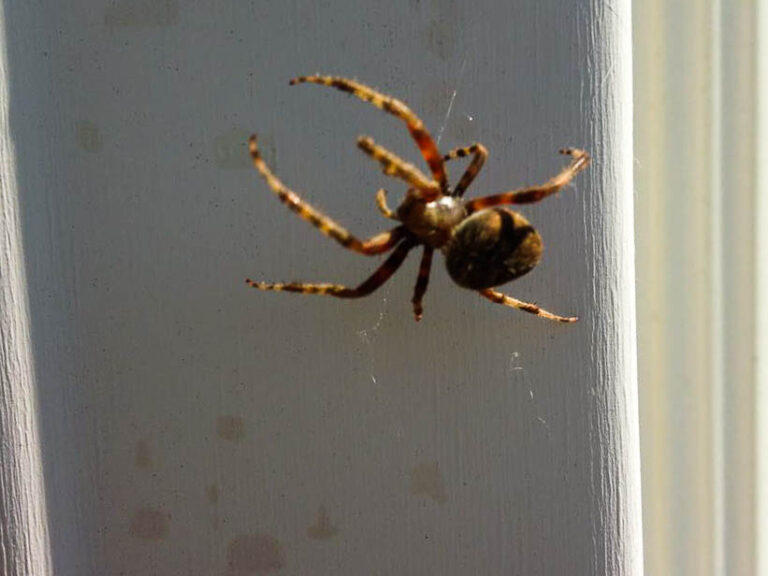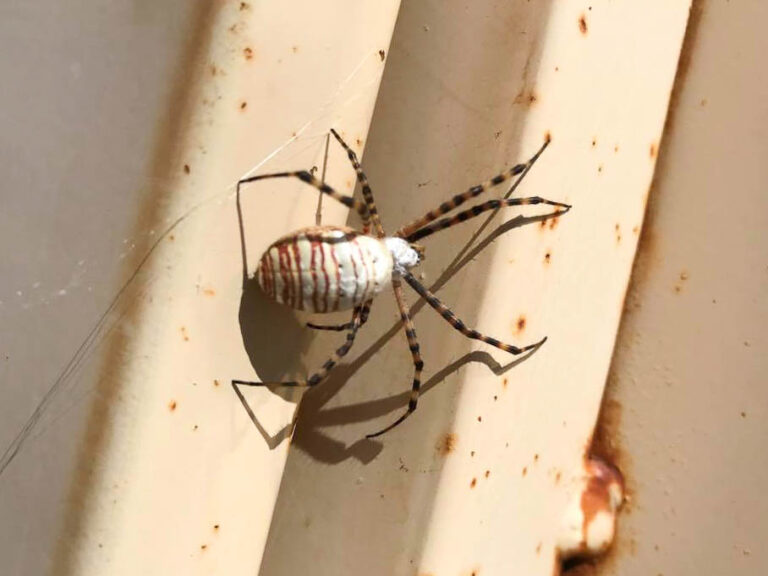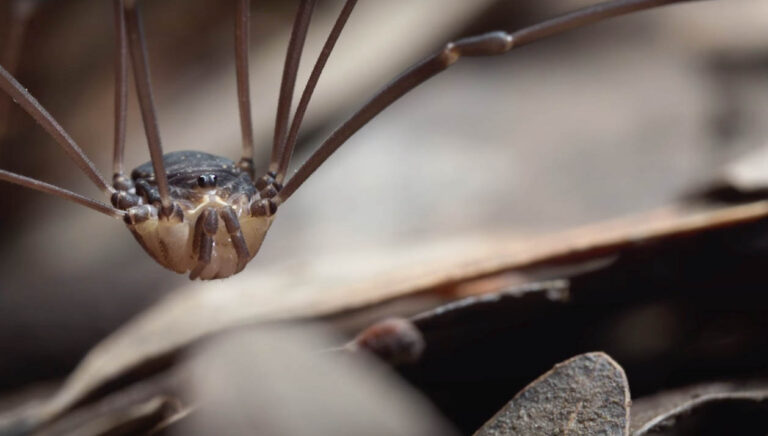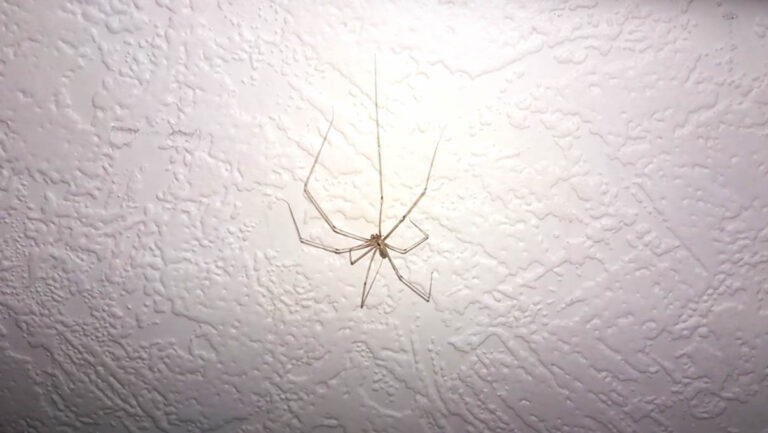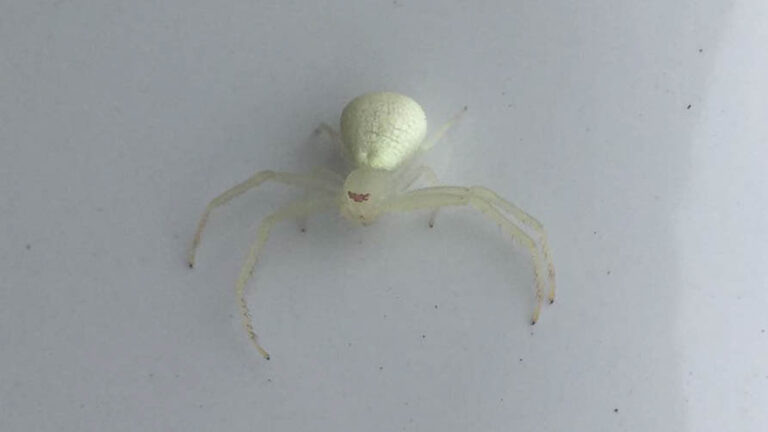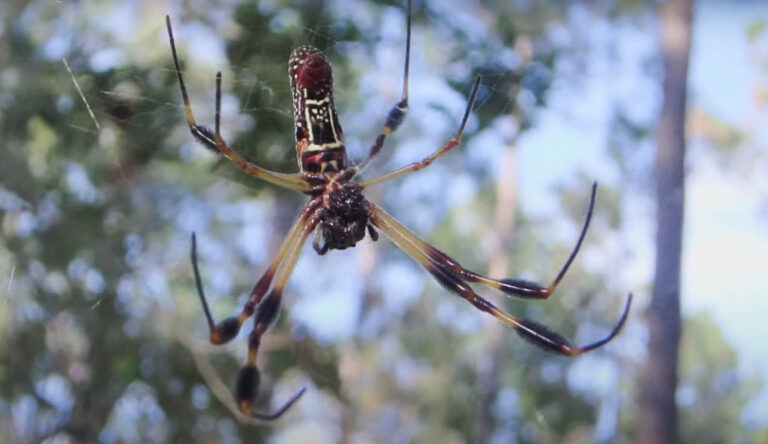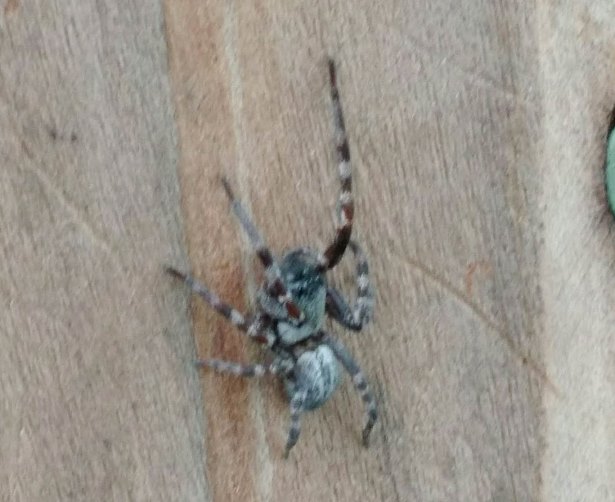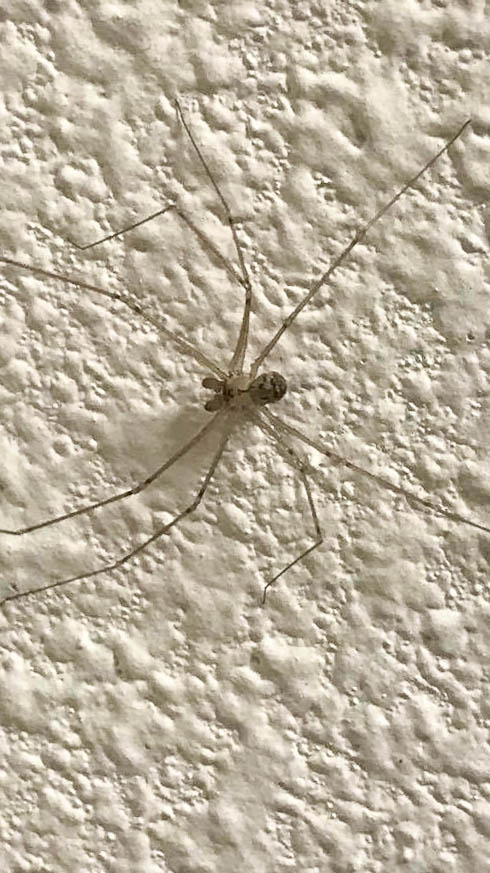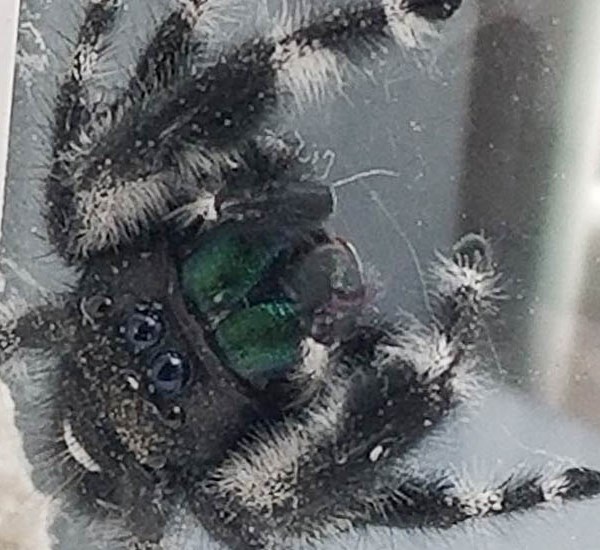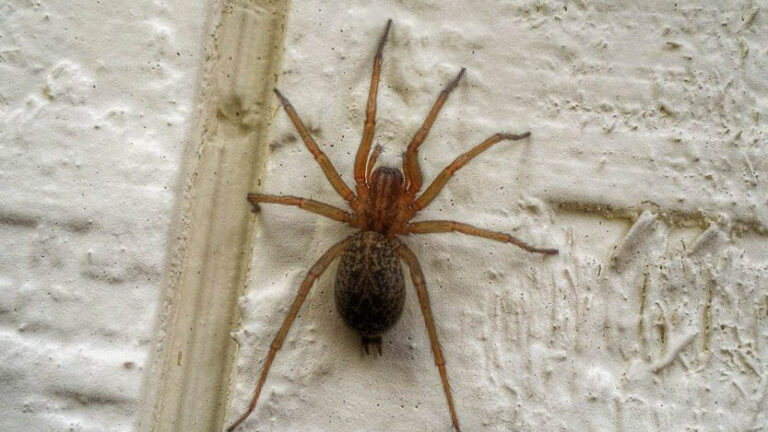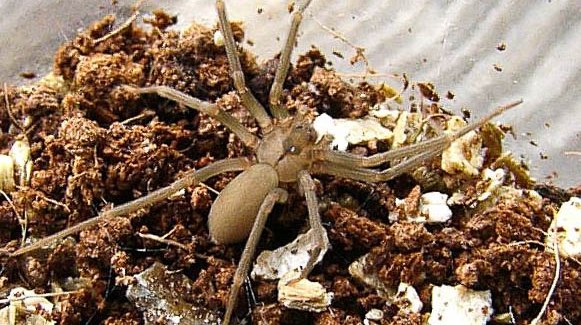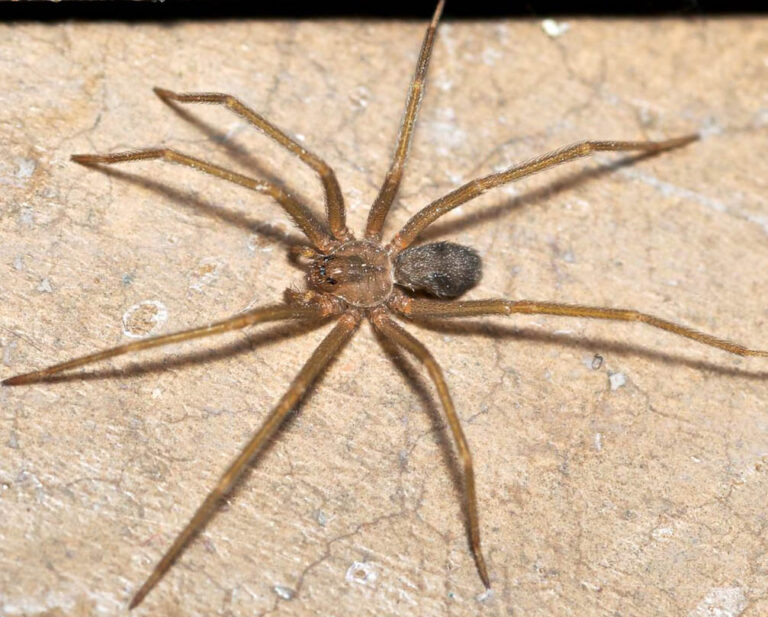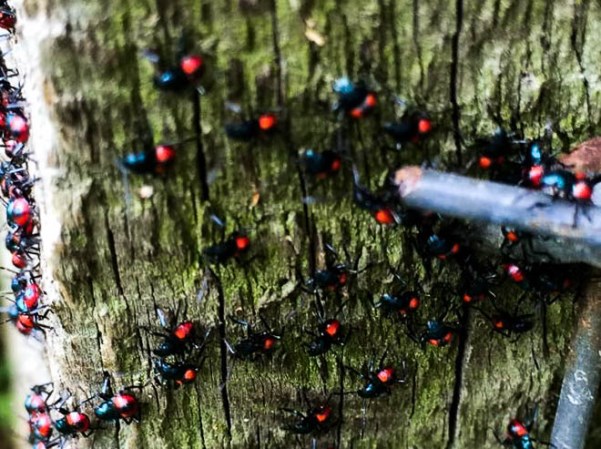About Ground Spiders
About Ground Spiders
Ground spiders (Zelotes duplex) get their name because they usually live outside on the ground. This species makes up the seventh-largest spider family with close to 2,000 unique species. They belong to the family Gnaphosidae. These arachnids are sometimes useful to humans since they feed on other disturbing insects, including other spiders, bees, and wasps, among others. Ground spiders do not weave webs since they live on the ground.
Appearance
Ground spiders have distinctive barrel-shaped spinnerets spaced one spinneret apart. These critters have a small body, often measuring less than one-half inch or about 13mm long. They have indentations on their anterior paired mouthparts and the lateral lips. They’re mostly black to brown, but a few species bear bright red and orange markings. Some species, for instance, the Parsons spider, have cross-like whitish marks on their abdomens.
Behavior
One thing that’s unique with this species is that they don’t construct webs. Instead, they chase down their prey, mostly in the evenings and at night. The creatures stay inactive during the daytime to conserve their energy.
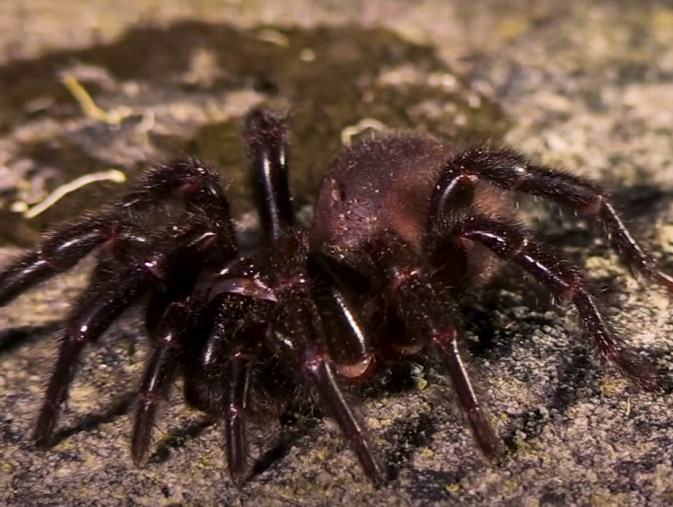
Ground spiders are quite adept at searching for, subduing, and chasing down their prey. They are vociferous hunters capable of bringing down prey larger than them, including other spiders. These creatures produce sticky silk-like material from their spinnerets to entangle and
eventually immobilize their potential prey.
These spiders are carnivores. They feed on other small animals, notably insects. Other common prey for garden spiders include wasps, bees, flies, grasshoppers, aphids, and mosquitoes. The creatures are well-known travel predators that run fast after their prey. They also escape from their enemies by running.
Life Cycle
The females lay their eggs in a silk-lined pouch under barks, stones, or on plant surfaces. The females guard the eggs until they hatch out of the egg sacs. Additionally, the females remain productive for only one year, but they have a life span of between two to three years. The species matures in three distinct stages: eggs, spiderlings, and finally, they become adults.
Habitat
Ground spiders are found on all the continents except Antarctica. They mostly inhabit surfaces beneath rocks and logs. You’ll also find them in mulches, leaf litters, and on heavy ground coverings.
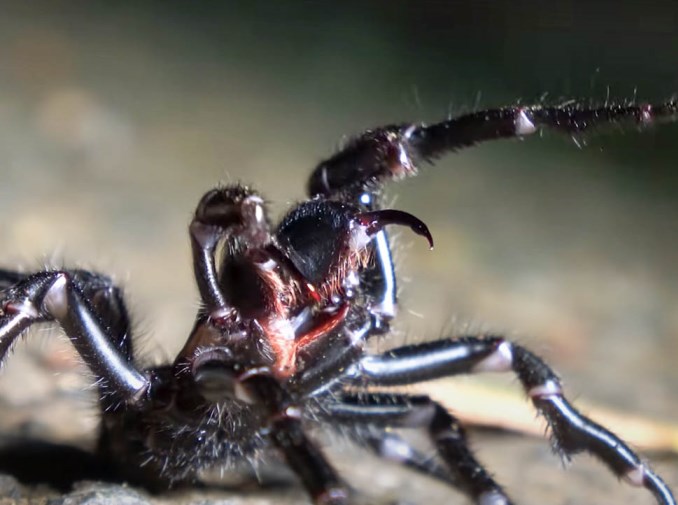
The spiders rarely venture away from their habitats except when the temperatures plummet, and they move indoors. Once indoors, they colonize areas such as beneath appliances, furniture, and baseboards.
Are Ground Spiders Harmful?
Ground spiders pose no immediate danger to humans or animals because their venom is too mild to affect us. Females may inflict bites on humans and animals, but only if they feel that their eggs are in imminent danger. Their bites are often asymptomatic, but if you experience any swelling or pain, you’re supposed to apply an ice pack for relief. Antibiotics are ideal for the swelling, as well.
How to Control Ground Spiders
Ground spiders are very easy to control once they invade your living spaces. You can strategically place sticky insect traps beneath your furniture and appliances and on your doorways to deter invasions. Alternatively, you can control the species by clearing any heavy ground coverings adjacent to your home. Sealing all cracks and holes on your property also works wonders towards containing the invasion by this species. In case the infestation is immense, using an insecticide to clear off is recommended, but remember to consult a pest management professional.

